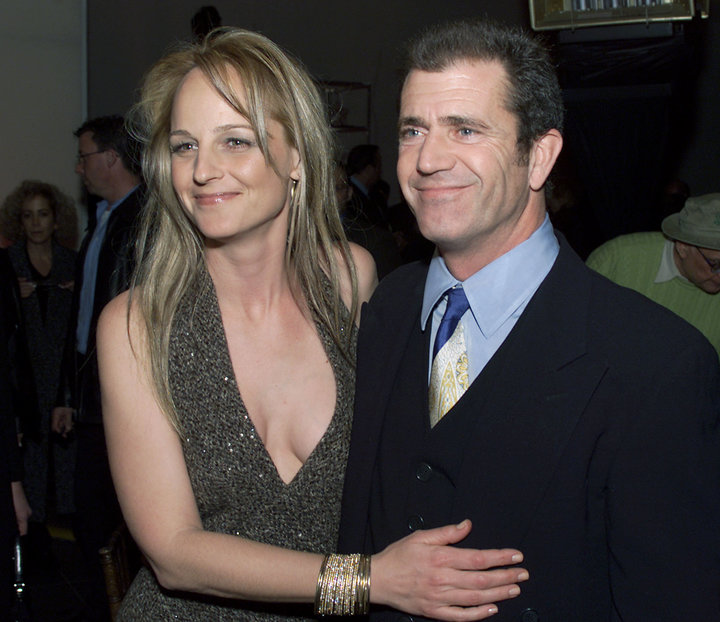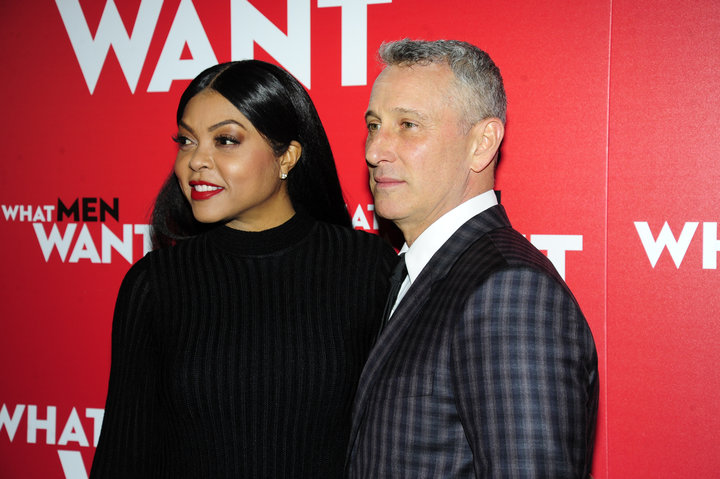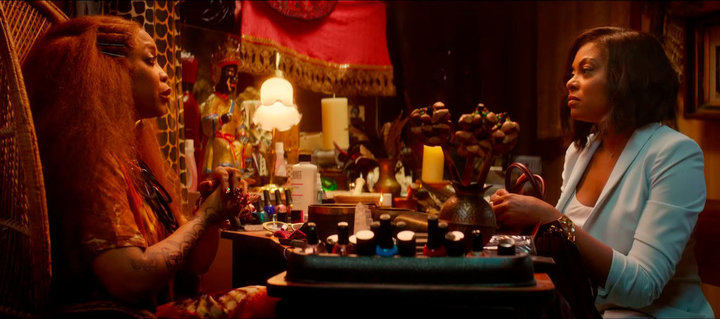[ad_1]
Mel Gibson was an indisputable movie star when he took on the role of man’s man Nick Marshall in Nancy Meyers’ “What Women Want,” the “chick flick” of 2000 that followed a chauvinistic advertising executive who begins to hear the inner thoughts of women after a chance electrocution.
Gibson hadn’t yet directed “The Passion of the Christ” or threatened to kill New York Times critic Frank Rich. He hadn’t yet screamed anti-Semitic profanities during an arrest for drunken driving. And he hadn’t yet been caught on leaked phone calls yelling horribly offensive and racist comments at his girlfriend Oksana Grigorieva.
Around the time of the film’s debut, Meyers referred to Gibson as “one of the greatest men ever.” His “What Women Want” co-star Helen Hunt agreed when she told Entertainment Weekly, “I honestly believe that he’s one of those people with angel wings on his back that no one can see.” Which is probably why neither blinked a public eye when Icon Entertainment and Wind Dancer Films paid Gibson $25 million to utter lines like “What’s the difference between a wife and a job? After 10 years, a job still sucks.”
Fast forward nearly two decades and Mel Gibson might not be landing on-camera gigs or multimillion-dollar paychecks anymore, but “What Women Want” is clamoring for relevancy. The movie is back, in the form of director Adam Shankman’s gender-swapped reimagining starring Taraji P. Henson. Unlike its 2000 counterpart, which earned a whopping $374 million worldwide on a budget of $70 million, Shankman had about one-third the piggybank to transform a movie critic Elvis Mitchell described as lacking “the courage to show that women are complex people” into a fantasy comedy worthy of 2019’s popular understanding of gender dynamics.
It was, perhaps, an impossible mission; reviving a mid-budget comedy dream in today’s movie landscape is no easy feat.
“‘What Men Want’ is a movie that, if I would’ve made it in the ’90s, probably would’ve cost $35 million — that would’ve been the budget,” Shankman explained during an interview about choreographing the 1999 movie “She’s All That” earlier this year. “We did this movie for $22 million, and we were intensely pressured to not go over. That was where we capped out.”

The 1990s and early 2000s were the glory days of mid-budget comedies like “What Women Want,” a genre that could easily make back dividends at the box office. “Meet the Parents” brought in more than $334 million worldwide on a $55 million budget. “Miss Congeniality” made over $212 million with a $45 million budget. As Shankman, the director of movies like “The Wedding Planner,” “The Pacifier” and “Hairspray,” knows, these opportunities rarely exist in Hollywood today.
“Back then, comedy cost anywhere from $30 to 55 or 60 million because the salaries were so high for the actors in them. All of that’s gone away. They just do not get made anymore,” he explained. Big names that hold the weight Gibson once did seemingly no longer sign onto mid-budget comedies partly because there’s no guarantee they’ll pay off after a movie hits theaters ― especially without the safety net of Blockbuster and other home video providers.
“You could take bigger risks because the home video market was so robust,” Shankman said. “There were so many people relying on the incredibly vital home video market to take care of them if a movie didn’t perform as well as they’d hoped at the box office. Then, streaming started and the home video market tanked. That kind of movie just went away.”
For comparison, in 2018, Amy Schumer’s “I Feel Pretty” had a production budget of $32 million but only earned $48 million in domestic grosses. “Book Club” and “Overboard” had slightly rosier outcomes: $68.5 and 50.3 million, respectively, on budgets reportedly in the $12 million range.
It’s rare to see a comedy in this vein truly succeed, let alone an indie like 2017’s “The Big Sick,” which earned a whopping $56 million worldwide on a $5 million budget. These days, it’s the superhero flicks that earn the big bucks at the box office. For instance, “Deadpool,” the low-budget 2016 action comedy that could, ended up scoring over $780 million worldwide on a $58 million budget, thanks in part to star and producer Ryan Reynolds’ support. (Its bigger budget follow-up also succeeded, landing at No. 7 on the box-office list of 2018.)
Animated movies can blow past the competition, too. Last year’s “Incredibles 2” earned over $600 million domestically, bested only by “Black Panther,” “Jurassic World: Fallen Kingdom” and “Avengers: Infinity War.” All, of course, had enormous production budgets.
So why even bother revisiting a successful, two-decade-old comedy, when it’s neither action-adjacent or animated?
Shankman said he was more interested in addressing cultural shifts over the last two decades than raking in millions at the theater. His remake updates a script that rested on one man’s evolution from raging misogynist to relatively acceptable adult man. As a playboy bachelor and absentee dad in “What Women Want,” Gibson’s character “got ahead” by stealing ideas from his forgiving female creative director. In “What Men Want,” Henson plays sports agent Ali Davis who tries to make it as a black woman in a white male-dominated field after being given the gift of hearing men’s inner thoughts.

That sounds like the perfect narrative to place in front of audiences who are now familiar with the ins and outs of movements like Time’s Up. Unfortunately, the movie says less about gender politics in the workplace than those audiences might have hoped.
As Ali grapples with her ability to involuntarily understand every passing man’s internal monologue, we learn just how misogynistic some of her fellow colleagues are, but we’re also led to believe that our leading lady is a bully ― with whom her queer assistant, new single dad boyfriend and group of married girlfriends are fed up. Like its predecessor, “What Men Want” expects its protagonist’s introspective journey from self-centered ladder-climber to empathetic team player to resonate, using relevant buzz phrases like “I’m With Her” and “Me Too” to camouflage any shortcomings. In the end, we’re no closer to understanding how perceived ambition can undercut a woman’s chance to rise within a corporate structure and simultaneously launch a man’s. Instead, after all the telepathy, we’re made to believe that men and women are simply more alike than Ali assumed.

Shankman, for his part, wanted the audience to see that Ali could learn about her male counterparts and refuse to “stay in her lane.”
“What is really evident in there is now you get to highlight that it’s not a person who is the villain of the piece but it’s actually the culture surrounding her,” Shankman said. “She’s just trying to play by rules that she was not a part of making, and in order to put her so deeply inside a male-dominated industry was really fun.”
Speaking of Henson, Shankman says she’s probably worth a $25 million paycheck. (Famously paid less than 2 percent of Brad Pitt’s paycheck on “A Curious Case of Benjamin Button,” Henson told The Daily News that she “didn’t look at” Gibson’s “What Women Want” salary before accepting her latest gig.)
“Taraji is just magnificent,” Shankman gushed. “She’s the comedy baby of Will Smith and Carol Burnett. People are going to be stunned by her.”
Will there be more quality mid-budget comedies to showcase that talent? We can only hope.
[ad_2]
Source link

